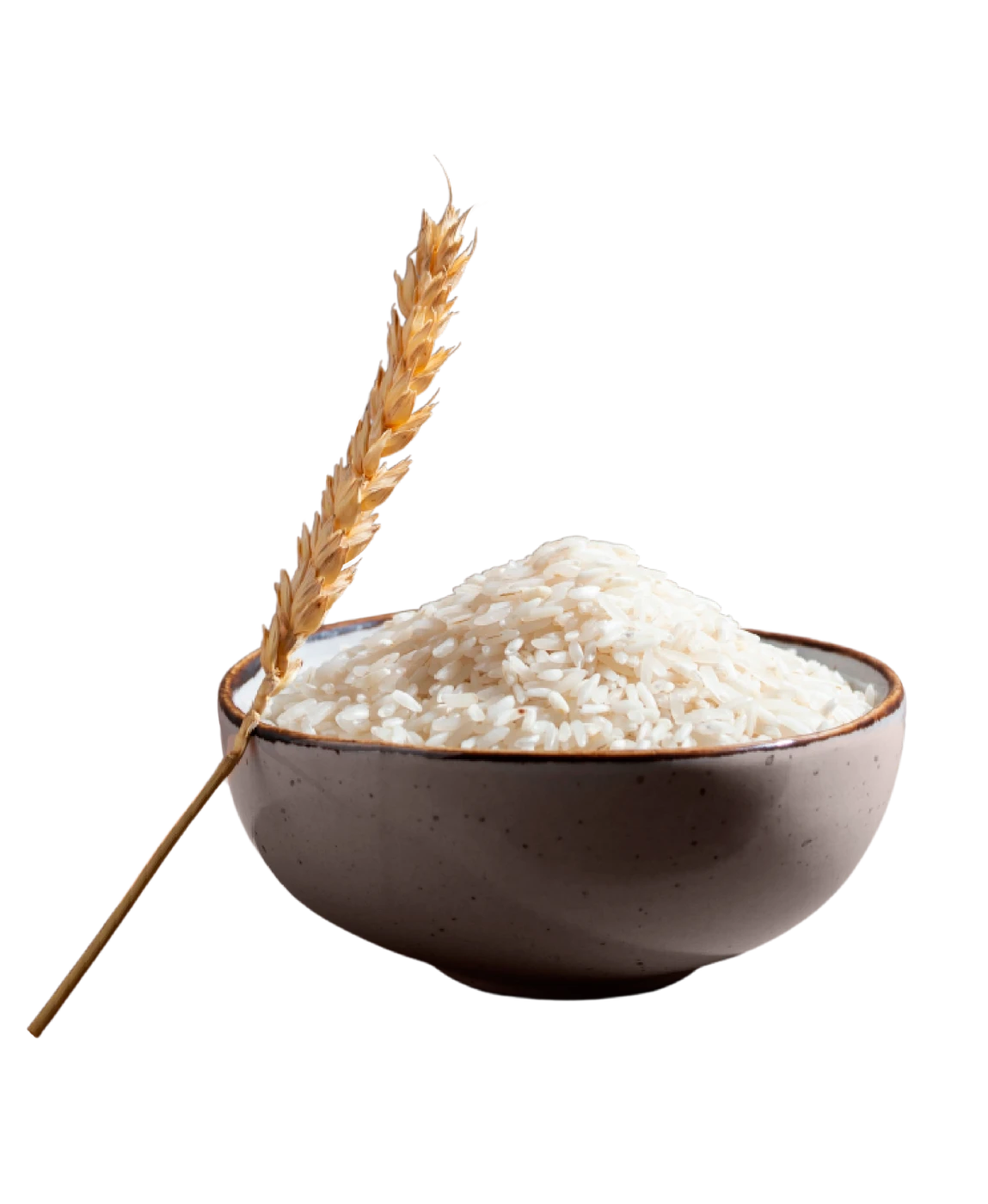Easy to Digest
White rice is gentle on the stomach and easy to digest, making it suitable for people with sensitive digestion or recovering health.

Overall, white rice is a lighter and easily digestible option, making it suitable for quick energy and for people with sensitive digestion. However, it contains less fiber, vitamins, and minerals, and has a higher glycemic index.

Consistent and satisfying flavor & texture.

Handpicked varieties of Rice as Ingredients.

Special Recipe and Well Curated Process.

Reasonable Pricing for all Customers.
Because eating good food is the fundamental of a healthy life

White rice is gentle on the stomach and easy to digest, making it suitable for people with sensitive digestion or recovering health.

White rice provides fast-absorbing carbs that supply quick fuel for the body, making it a great option for instant energy needs.

White rice is naturally free from gluten, which makes it a safe choice for people with gluten intolerance or celiac disease conditions.

White rice can pair well with many dishes, from curries to soups, offering a soft texture and neutral flavor that complements meals.

Botanically, rice is the seed of an aquatic grass. It has been cultivated for more than 8,000 years. Rice is a staple food for more than half of the world's population; these people get approximately 50% of their calories from rice. In some countries, rice is such an important food that "to eat" means "to eat rice." Rice is a good source of carbohydrates and provides some essential nutrients, including fiber, B vitamins, and minerals such as magnesium and potassium. Rice is also a versatile food, as it can be cooked in many different ways, served as a side dish, used in main courses, or incorporated into sweets and desserts. There is a wide range of rice varieties, including white, jasmine, basmati, and wild rice. Each type has its unique flavor, texture, and cooking characteristics. The most widely consumed rice variety in the world is white rice. However, the consumption of white rice comes with its inherent problems.
Step into the world of Brown life, where we prioritize natural, wholesome living.